by Naomi | Feb 13, 2017 | Writerly Play Activities
Visit the Writerly Play Attic and collect ideas from your life with this creativity sparking activity. Never heard of the WP Attic? Learn how Writerly Play thinking strategies supercharge your creativity here.

One way to move yourself out of a creative funk is to feed your mind fresh images and ideas. Where should you look? Museums are excellent places to encounter ideas and images that you might not seek out otherwise. In a museum, you step into a world curated by someone else. You’re likely to find at least one gem that fuels new thinking.
A quick search of museums in my community includes:
- American Bookbinders Museum
- Cable Car Museum
- Computer History Museum
- Pacific Pinball Museum
I’m sure that immersing myself in any of these worlds would set off creative fireworks for me, particularly because none of these topics is related to my current work.
A quick note: If you decide to go collecting ideas by visiting a new museum, go with an open mind. Rather than forcing connections, allow yourself to be an explorer. If you don’t come away from the experience with a quantifiable new idea, that’s still okay. No matter what, you’ll gain creative energy. The more you allow yourself the play, the more likely it is that an inspired idea will show up.
So, why not take your creativity on a field trip? What museums might you discover in your community? Go check one out and then come back and share. I’d love to hear about your experience!
by Naomi | Feb 9, 2017 | Creative Life
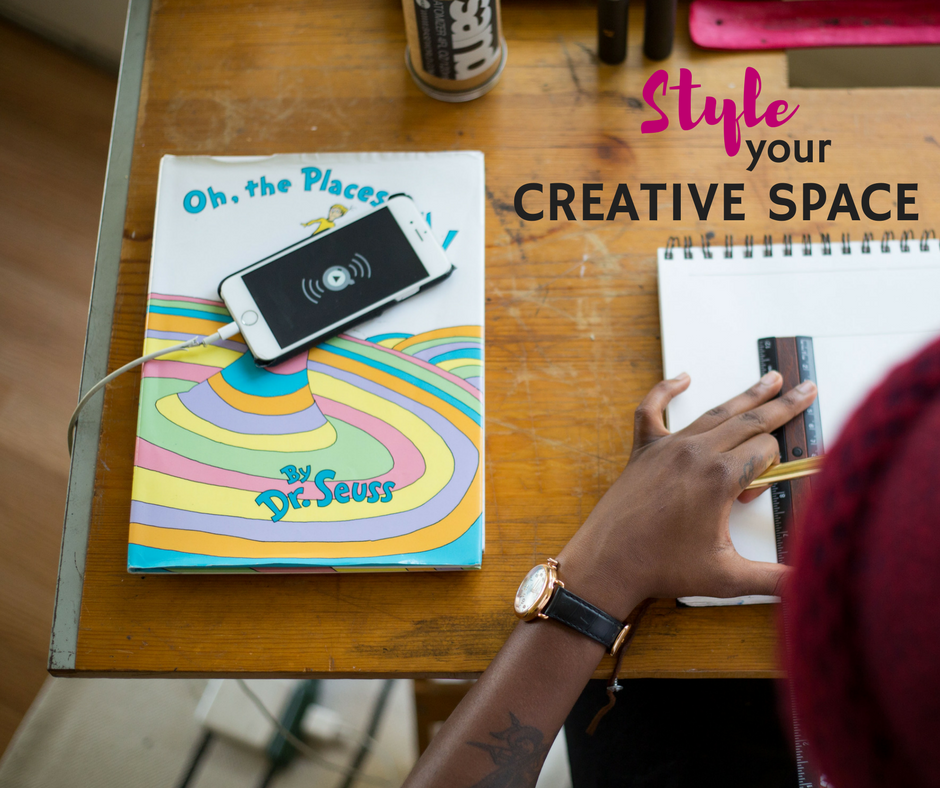
Whether you have an entire room for creative work or just a small corner, the way you feel in your space is what matters most. There’s a reason that Kindergarten classrooms have corners for different kinds of activity. Our space sets a tone. We can set ourselves up for creative success by styling our creative space with a specific feeling in mind.
Step One: Brainstorm
Before getting bogged down in the logistics of your space, think expansively. Ask yourself: How do I want to feel when I sit down to create? List a few adjectives. You may want to think about your overall creativity style and set your space up with your preferences in mind.
Step Two: Consider the Five Senses
Look over your adjectives. What smells, sounds, colors and textures might help you feel those ways? What objects might help you style your creative space to make it work for you?
Step Three: Problem-Solve
Take a look at your actual space. First, what needs to be removed? What problems need to be solved so your space is resistance-free? Keep up your momentum. If you have piles of paper to deal with, stack them in a box or bag, and set them aside. Give yourself a clean slate as quickly as possible without getting sidetracked.
Step Four: Style Your Creative Space
Add details to make your space fit your style. Do you need more color? A scented candle? A fuzzy blanket? Try to use items you already own. Write down any wish-list items to decide on after you’re finished designing your space.
Step Five: Make a Plan
To keep your space resistance-free, you’ll need a plan. Do you need a paper processing inbox somewhere else in the house so that distracting odds and ends don’t end up in this space? Do you need to establish a creative space for each family member so your space doesn’t become the catch-all for everyone’s mess? Do you need a work’s-end ritual to restore your space so that it’s clean and ready for your next session?
Once you’re done, snap a photo and post it on Instagram or Twitter. Tag it #creativespace so we can all take a look and cheer you on!
P.S. Here are some things I added to my space to make it work better for me:
Twinkle lights
A scented candle
Curated playlists (and a bluetooth speaker)
Tool kits for different activities that help me stay organized
A set of colorful Smencils
by Naomi | Feb 6, 2017 | Creative Life
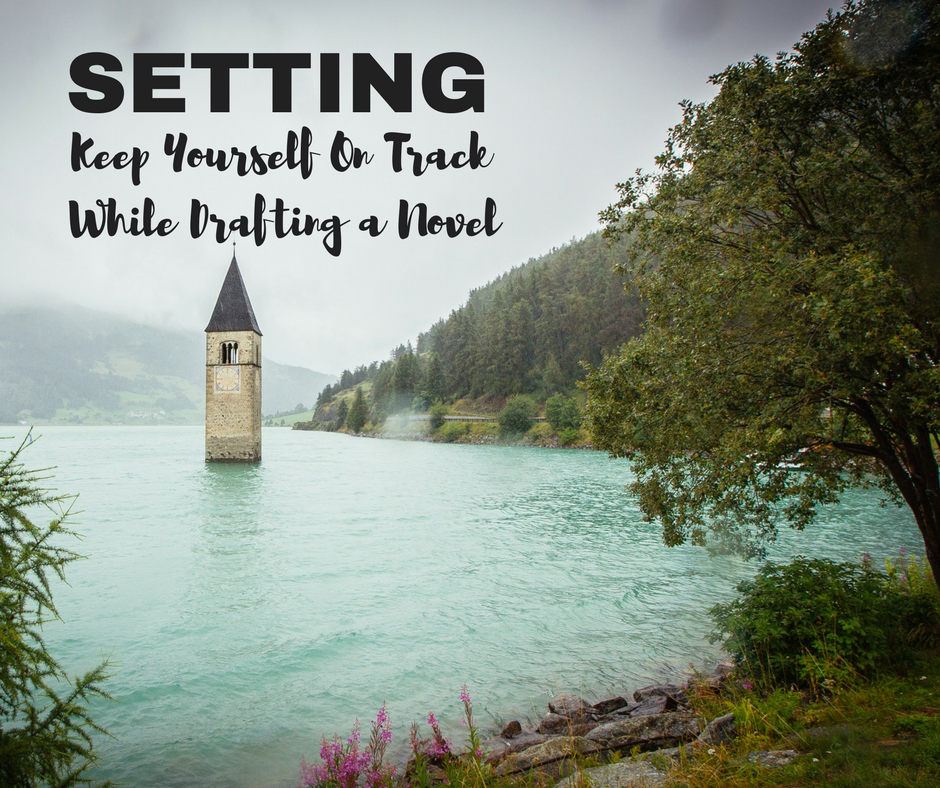
Over the past few years, I felt like I was in writing boot camp. While I sprinted toward due dates for my two middle grade series projects, I hate to admit that I wondered … Do I truly like writing? But now, with hindsight, I see how much I learned by writing within firm parameters and under such tight deadlines. One important lesson I learned was how setting keeps you on track when drafting a novel.
When pressed to write for a deadline, I planned my books with notecards.
For each scene, I made a concrete decision about where each scene would take place and what, specifically, would happen in that location. I asked myself questions such as:
- What is the most interesting (or funny, or mysterious) event that might happen in this location?
- While that interesting event is happening, how might I add depth or dynamics that will move my character’s emotional arc forward?
These setting-based questions sound obvious to the theatre director in me. When I’m directing a show, I consider scenes in layers. First, we start with the dialogue. Let’s say it’s an argument. Then, we look at the setting, brainstorm the action (beyond the argument) and play the scene so the action provides interest, subtext and emotional opportunities for the actors.
Novels offer us the opportunity to slip inside a character’s mind.
It’s a heady power to glimpse another person’s thoughts. Maybe that’s why it’s so tempting to focus on how a character thinks and feels when drafting rather than on action. Rather than choosing a setting intentionally, we might:
- Set a scene in the next obvious place, without considering what location might offer more interesting action.
- Choose the most obvious action in a setting, such as cooking dinner in the kitchen, rather than playing with possibilities.
- Write a moony scene where our character wanders through a magical forest, noticing the glowing trees and intriguing bell-like bird song, without encountering any actual danger, surprise, or well, magic.
When I returned to my more usual writing process, one without a deadline or strict parameters, I found myself adrift. I asked myself, “Why do I feel lost? What’s different from the series books?”
I realized that the notecards hadn’t simply been a shortcut to construct a loose, working plot. They’d been an important tool to help me:
- identify the best possible setting for each scene
- brainstorm humor, action and complications
AND, possibly most importantly, the notecards helped me break the story into pieces.
When I draft a novel, it feels like diving into the ocean.
Anything is possible. I’m most personally engaged and excited when I don’t know what decisions my character will make along the way. Part of what compels me to write the book is the unknown. I want to journey alongside my character. The trouble is, when you’re in the middle of the ocean, you simply have to deal with the waves as they crash over you. Unless you wash up on an island, you can’t rise above your immediate situation to see the big-picture view.
If you don’t have the big-picture view, you:
- make split-second decisions rather than considering the possibilities
- can easily end up in an undertow and be pulled off course
- lose track of the destination and become discouraged
Which do we need: a clear plan for our settings or a plot?
In my opinion, we need a blend of both. Index cards that define setting and action provide needed structure to the drafting process. Unlike a more formal plot, they do not remove the writer’s ability to improvise as he or she writes. I think of the cards like the words tossed out during an improv show. “In the chemistry lab, with a peanut butter and jelly sandwich!” By brainstorming the locations and actions ahead of time, I’m giving myself the bird’s eye view I can’t have when I’m tumbling in the waves.
Plus, I always give myself permission to change my mind. Most of the time, I’m grateful for the inventive idea that I’ve prepared for myself. If I have a better one in the moment, though, all the better! At least, I avoid writing a series of uninspired scenes where all my character does is think.
How does setting keep you on track when drafting a novel?
It’s nearly impossible to answer the question, “When will you finish your draft?” if you don’t know the scope of your novel. What I’ve learned (and relearned the hard way) is that when I don’t have a deadline or a concrete finish-by date, my draft might take years to complete. Index cards help me move through the draft by breaking the novel into manageable pieces. Rather than thinking about the whole book, I can think about how to create a self-contained scene, in a specific setting, and then move on to the next.
The power of this specificity is easy to overlook. The ability to complete a draft is nearly entirely a battle of mind over fingers. If you can track your progress, you reduce much of the resistance that shows up in the middle of the process. “I’m not making any progress!” You’ll see that either:
a. You’re not doing the work
OR
b. You ARE making progress, and all you have to do is to make it to the end of this scene to check off another box.
That string of mini-successes leads to the ultimate success of having a draft. And once you have your draft, you have the raw material from which your novel can be revised and crafted.
Use settings to keep your novel on track.
- Start with a stack of notecards. Choose a setting and brainstorm the action that might happen in your first scene.
- Ask yourself: Where else might this happen? What action might add humor, suspense, interest, complication?
- Choose your setting and action, and then move forward in the story.
- When you get stuck, jump ahead and nail down a future scene.
- Then, go back and build a path to fill in the gap. How might your character move from here to there?
- Give yourself room to write down options that won’t ultimately work. Keep the process loose. Ask questions such as, “Where might this scene take place?” rather than “Where WILL this scene take place?”
- Once you’re done, lay out your story where you can see the full plan. Walk away, and give the ideas space. Then, return and ask yourself, “Is this the most interesting location for this scene? Is this the most interesting action?”
- Revise your plan.
- Give yourself a finite amount of time for the brainstorming process. Ideally, force yourself to complete the work in a week. Then, you can keep up your momentum, and also keep the plan loose enough that you’ll be willing to change your mind mid-draft, as needed.
- Set a reasonable pace for yourself. How many scenes can you draft in a week? Stack up your notecards, and then tackle that novel, scene by scene.
I’m going to get to work on my notecards for my WIP this week. If you try this strategy out, I’d love to hear how it works for you. Try it out and then come back and let us know. Or share with me on Facebook or Twitter. I always love to hear from you.
by Naomi | Feb 3, 2017 | Creative Life
Creativity often shows up at the intersection of various thoughts. Here are three on a sense of place … what do they spark for you?
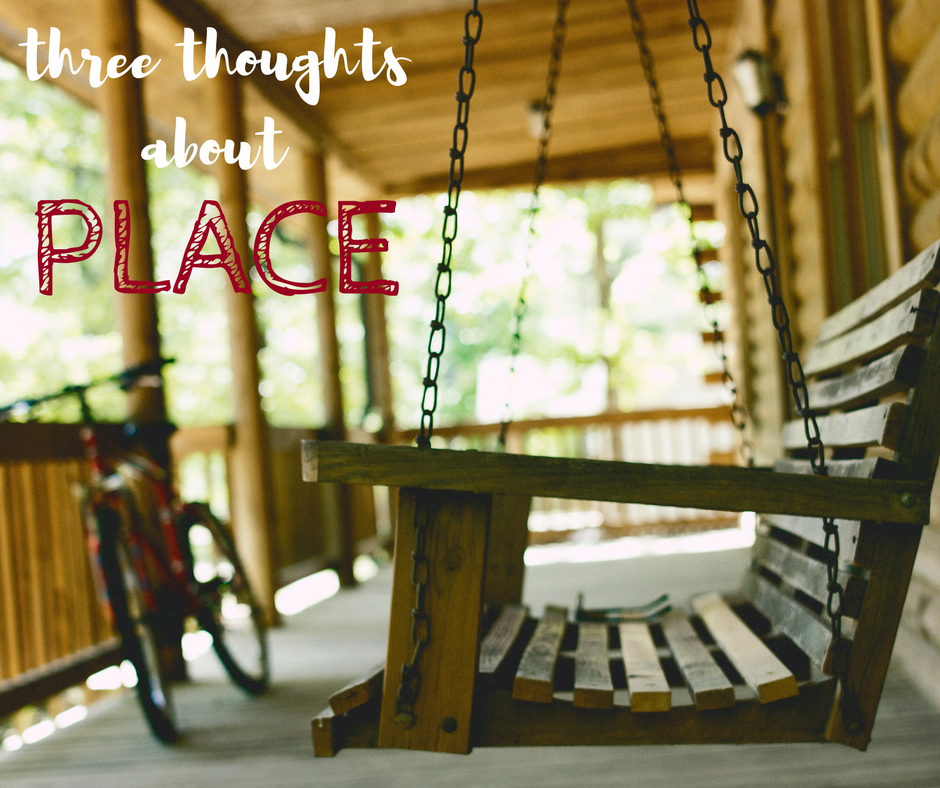
“It does not do to leave a live dragon out of your calculations, if you live near him.”
― J.R.R. Tolkien, The Hobbit
“We shall not cease from exploration, and the end of all our exploring will be to arrive where we started and know the place for the first time.”
―T. S. Eliot
“I grew up in this town, my poetry was born between the hill and the river, it took its voice from the rain, and like the timber, it steeped itself in the forests. “
―Pablo Neruda
by Naomi | Jan 30, 2017 | Writerly Play Activities
Visit the Writerly Play Studio and tap into divergent thinking with this Productivity Playlists activity. Never heard of the WP Studio? Learn how Writerly Play thinking strategies supercharge your creativity here.
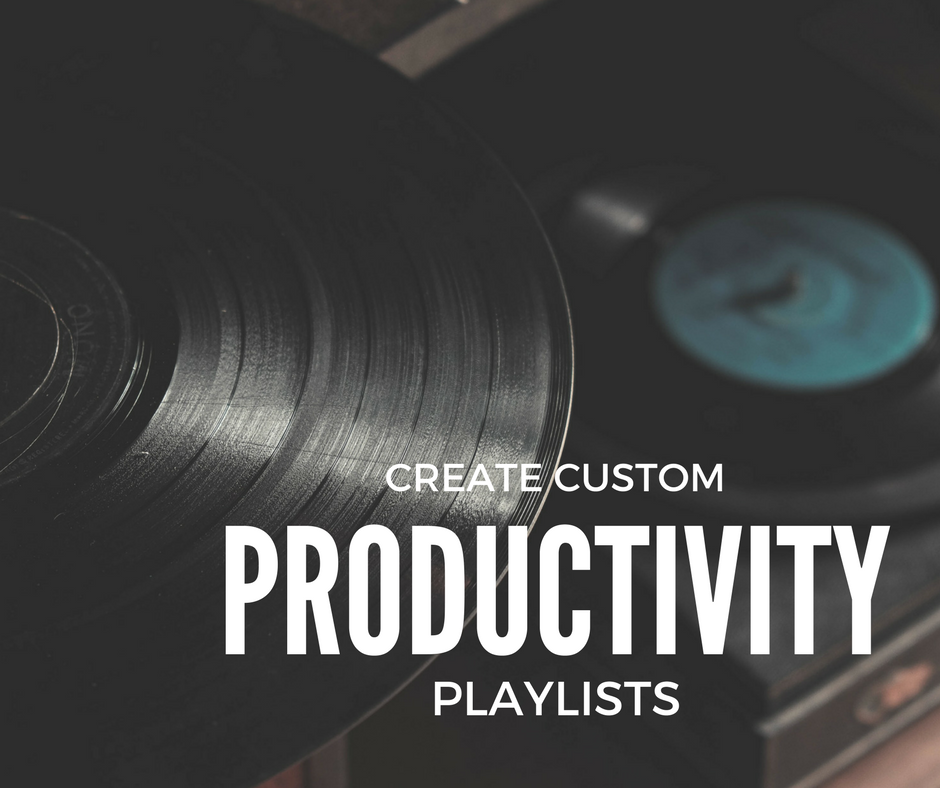
Everybody loves a shortcut.
A playlist is not only fun to make. It’s also a creativity shortcut. Why? Sound provides a doorway into mental spaces that are shaped by your memories, your emotions and your internal rhythm. We don’t have to dig into scientific tomes to know this is true. We’ve had the experience of encountering a song we haven’t heard for years and been transported back in time, sometimes so vividly that we can even smell a remembered place.
If you’re interested in the science of how music affects your brain, here is a video you might enjoy: How Music Affects Your Brain
Music is a powerful tool.
That’s why it’s important to use it strategically. For instance, you don’t want to be distracted from today’s tasks with unrelated blasts from the past. That’s why a productivity playlist is an excellent solution. If you curate music for specific tasks, rather than being distracted, you’re transported into the exact environment you need.
A caveat: There is definitely some research out there that points to silence as the best soundtrack for deeply focused thinking. You may find that playing a short song or two before a creative session is actually the most productive use of playlists for you. In any case, there are likely tasks that will flow better with music, and others that will not. The only one who can determine what works best for you is YOU!
Create your Productivity Playlists:
- Brainstorm two or three types of thinking you need to do in your day. Maybe you’re working on a novel or a screenplay. Maybe there’s a part of your day when you want to keep up your momentum and move quickly through email. Maybe you need to spend part of your day on detail-rich tasks, such as spreadsheets or on the back end of WordPress.
- For each thinking mode, ask yourself: What mood matches this task? List two-five adjectives. Think beyond emotion into sensory feelings. You might even ask yourself: If this task had a genre, what would it be?
- With your adjectives in mind, head to your favorite music source to create your playlists. Here’s an article with some fantastic tips for choosing the right music for your perfect playlist. Music for Optimal Productivity
- Test out your playlists and revise them as you go. Beware of over-optimizing your playlists before you even put them to use. (Over-optimization is fancy procrastination!) You’ll know what isn’t working when trouble shows up. You can fix problems as you go.
That’s it! Go try it out, and then come on back and let me know how this strategy works for you. Share your comments below.
P.S. Need a shortcut for your shortcut? Here’s some ready-made curated playlists for specific purposes.
P.P.S. While we’re on the topic of playlists, here’s an powerful post from Mandy Davis on playlists as a tool to work through grief. Absolutely worth a read.
by Naomi | Jan 23, 2017 | Creative Life
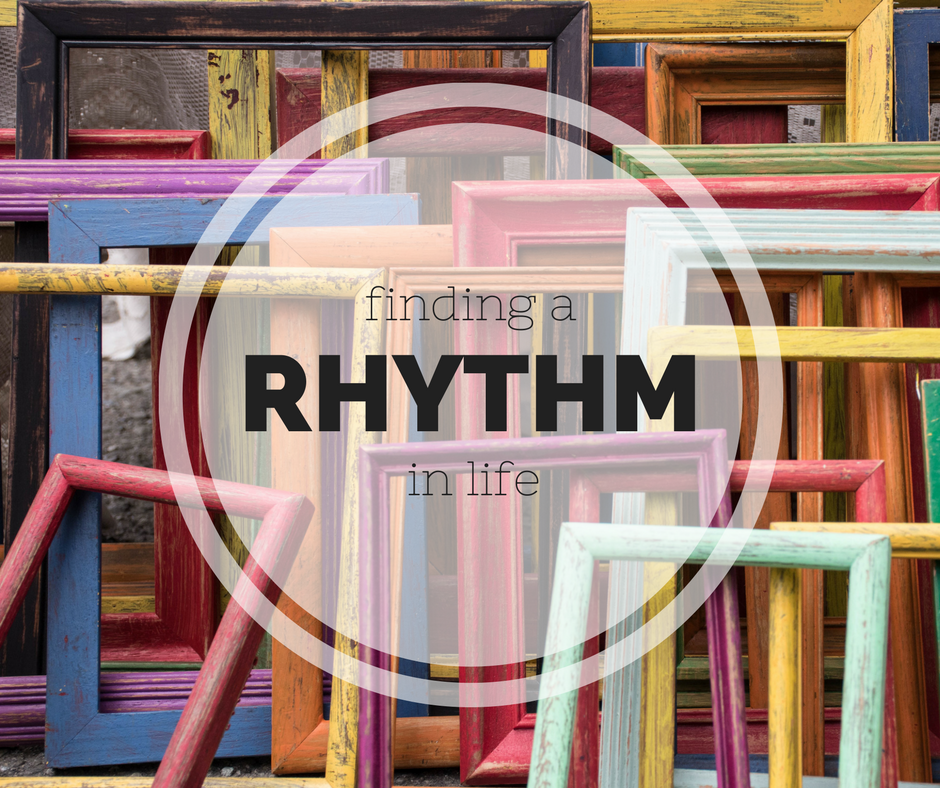
Why is finding a rhythm in life so challenging? At the beginning of the year, many of us re-shuffle our plans to create more clarity and ease in our lives, but within weeks (if not days) we find ourselves out of step again.
Why do we lose our life’s rhythm?
For many reasons. Exciting ones such as:
- We encounter exciting new opportunities.
- Success changes our circumstances and routines.
- Life’s surprises show up.
And frustrating ones such as:
- We run into unexpected challenges.
- Our plans don’t match up with others’ plans.
- We want to make everyone happy.
- We started out with impossible expectations for ourselves.
- In the moment, we make decisions that clash with our big-picture hopes and dreams.
We resist establishing a rhythm to our routine because we know one or all of these (good and bad) things will happen. The dissonance between the routine we desire and the life we’re living is unsettling. We’re living an out-of-sync song.
Is finding a rhythm in life possible?
Rhythm is never static. In music, we establish a downbeat and play from there. Even though we may speed up or slow down, subdivide or syncopate, the downbeat provides the foundation for the song. In this way, life’s rhythm is also fluid, but essential. Without a strong downbeat, we can’t help but get lost. We all experience surprises, challenges and detours, but if we’ve established a norm, we can measure our distance from that norm. We can find our way back.
What does rhythm in life look like?
I don’t know about you, but when I decide I need to do more of something–say working out–any time I’m not doing that thing, I feel guilty. The trouble is, at any given time I have five to ten items on my “I need to do more of that” list. For a long time, I allowed myself to feel guilty much of the time. It wasn’t an overwhelming, devour-my-world guilt. It was a low-level guilt, like a headache you don’t notice until it goes away. Even though it wasn’t overwhelming, my guilt distracted me. I’d be in the middle of writing a new chapter in my novel and think, “Oooh, I should go for a run.”
To me, rhythm in life looks like a clear agreement with myself. This agreement helps me dismiss distracting thoughts. I know how often I’ll go for a run, and generally, when my exercise sessions fit into my week. By creating a structure, I know when I’m deviating from my plan. I can still say yes to surprises, because I know what I’ll need to reschedule in order to make my “yes” possible. Also, the structure provides me with a clear understanding of when I actually AM breaking my commitments to myself. Establishing a rhythm takes up-front effort, but it has made all the difference in my overall focus and momentum.
The benefits of finding a rhythm in life
Life ebbs and flows. When we try to close our eyes and block out everything but our plans, we miss many joyful surprises. And yet, if we fly by the seat of our pants for too long, our big dreams can hover just out of reach. Finding a rhythm in life makes room for what’s actually true. No two days are alike. No plan is followed exactly to the letter. When we dance within that reality, we find momentum AND freedom.
Convinced? Want to try it out for yourself? In case you need a jump-start, I’ve created a Step-by-Step Guide to walk you through the process I used when establishing my own rhythm.
by Naomi | Jan 17, 2017 | Creative Life
Creativity often shows up at the intersection of various thoughts. Here are three on the importance of rhythm … what do they spark for you?
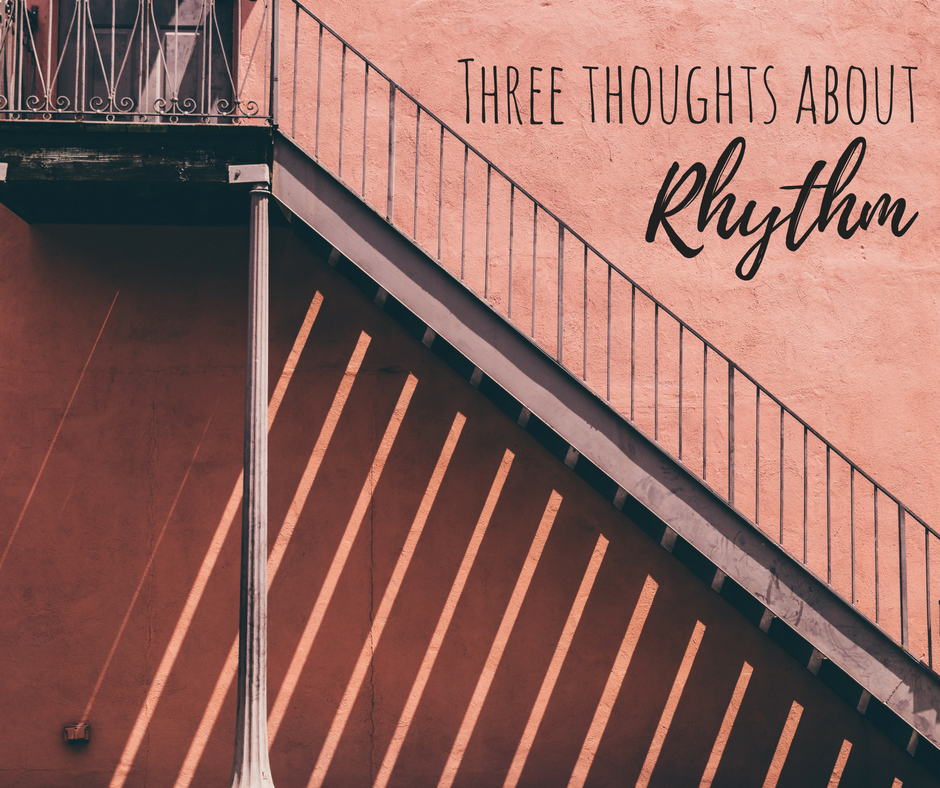
“To live is to be musical, starting with the blood dancing in your veins. Everything living has a rhythm. Do you feel your music?”
― Michael Jackson
“Comedy isn’t necessarily all dialogue. Think of Buster Keaton: the poker face and all this chaos going on all around him. Sometimes it’s a question of timing, of the proper rhythm.”
― Clint Eastwood
“If you have pendulum clocks on the wall and start them all at different times, after a while the pendulums will all swing in synchronicity. The same thing happens with heart cells in a Petri dish: They start beating in rhythm even when they’re not touching one another.”
― Bruce Lipton
by Naomi | Jan 3, 2017 | Creative Life
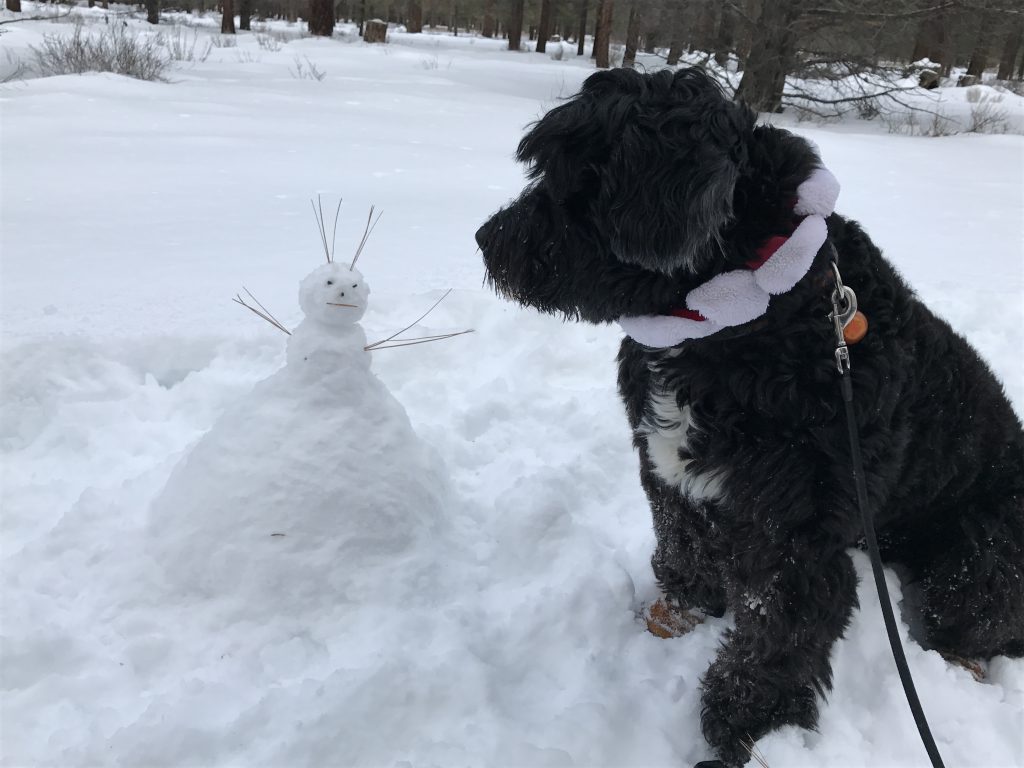
I hope you took some time off over the holidays. While you were off, I hope you took time to play. And if you’re now back, I hope you’ll continue to carve out space for joy-filled moments.
The thing is, even when we’re on vacation, play doesn’t simply happen.
In order to play, we must say YES. You’d think this would be an easy thing to do, but … well, we all know how quickly “no” springs to our lips.
Dave, Turley and I had a wonderful break. We all love the snow, and spent a good part of a couple days stomping around in snow-shoes. Turley has snow-boots and socks, which mysteriously are the only thing that will keep the shoes on his paws … no one knows why. Still, we’re grateful we found a solution to the painful ice-balls that develop on his paws otherwise.
Even while snowshoeing, it was tempting to take myself way too seriously.
Snowshoeing is supposed to be a workout, right? But on the third day out, we decided to stop for a minute and create a snowman. The snow wasn’t at all right for snowman-making, but we didn’t let that stop us. The challenge made it all the more fun. Plus, we got creative about our snowman … my favorite part were the antennae.
You may have read that I’m launching a new mastermind this year called The Journey Project.
I truly hope you’ll join us. Why? Because I know that if we’re intentional, we can have a joy-filled year AND we can accomplish meaningful work. What if 2017 was the year that you never answered the question, “How are you?” with “I’m so busy!” What if instead, stories of memorable moments bubbled out of you? It’s all about the frame you put on your year.
[pexcirclecta pex_attr_small_title=”Want to know more?” pex_attr_button_text=”What’s the Journey Project?” pex_attr_button_link=”https://www.naomikinsman.com/journey-project” pex_attr_button_link_open=”new”][/pexcirclecta]
by Naomi | Dec 22, 2016 | Creative Life

When I was a little girl, I made most of my Christmas gifts for others. My mom had a sheep collection–ornaments, knick-knacks, and everything in between. One year, I decided to add a new sheep to her collection. What could be easier? A little paper mache, some paint, and wha-la! I busied myself with glue and paper and created the cutest little sheep. I waited for him to dry, excited to add the final details. But then, I noticed an odd smell. Every day, the smell grew worse, until the stink filled my closet. It took a while for the penny to drop, but finally I remembered that when we’d made paper mache in school, we’d used a balloon and a thin layer of paper and glue. Inside my sheep was a wad of paper soaked in paper mache … the smell was my sheep rotting from the inside out.
More than any of the other presents I’d made, I’d been looking forward to giving the sheep to my mom. Now, what should I do? Should I toss out the stinky sheep? If I did, what would I replace him with?
In the end, I wrapped him up and put him under the tree. Yes, I did. I was hoping for a Christmas miracle, I suppose. I hoped his insides would finally dry and the stink would magically disappear. No such luck. We still laugh about the look on my mom’s face when she pulled that rotting sheep out of the tissue paper.
But the snort-hiccuping full body laughter that followed the unwrapping of the sheep did feel like a miracle. I did not create a work-of-art sheep. But, somehow even in my failure, I created the space for our hearts to connect.
My wish for you is that you experience a Christmas miracle of your own. Maybe it will be a fail, or it may be a win … or something in-between. But, it’s funny how failure sometimes offers the best kinds of surprises, the kind we can’t plan for, the kind that help us truly connect with each other.
And speaking of connection, I want to thank you for being such a special part of my year. I look forward to sitting down to write to you, my heart to yours. Thank you for reading, for giving me reason to write, for all that you create in the world.
Lots of love to you. See you in the New Year.
by Naomi | Dec 19, 2016 | Creative Life

Creativity often shows up at the intersection of various thoughts. Here are three to ponder … what do they spark for you?
“From this point forth, we shall be leaving the firm foundation of fact and journeying together through the murky marshes of memory into thickets of wildest guesswork.”
― J.K. Rowling, Harry Potter and the Half-Blood Prince
“What a wonderful life I’ve had! I only wish I’d realized it sooner.”
―Colette
“Study the past if you would define the future.”
― Confucius
I love all of these thoughts because they cause me to give myself permission to be firmly planted right where I am on the journey … rather than rushing ahead to whatever is next. Speaking of, I’m offering a special opportunity that’s all about journeying with a close-knit community next year. If you’re longing for a rich and meaningful year next year, consider joining us!











